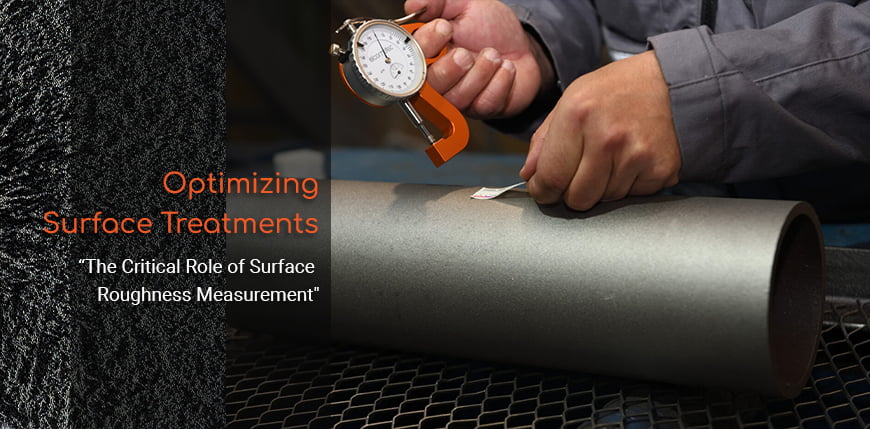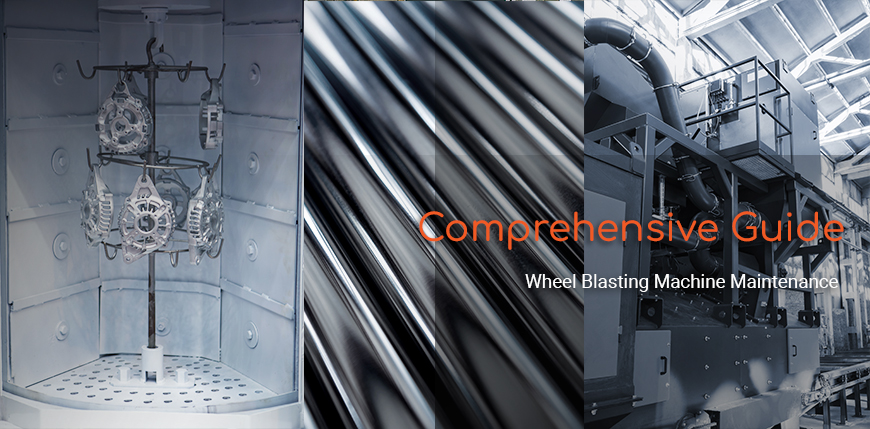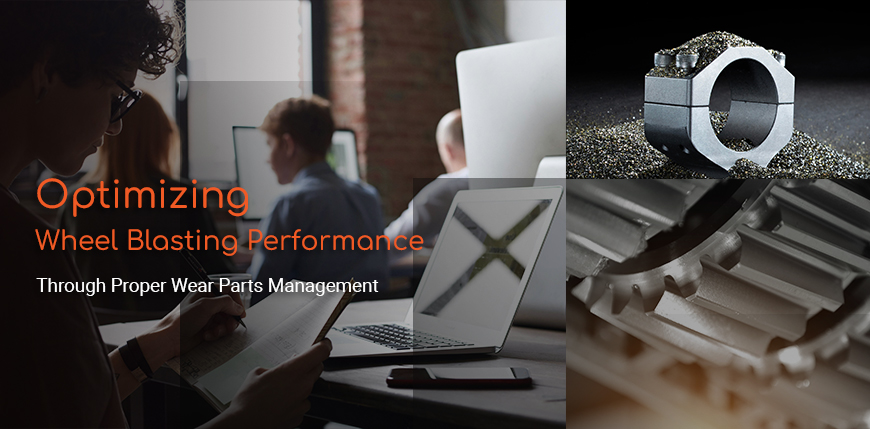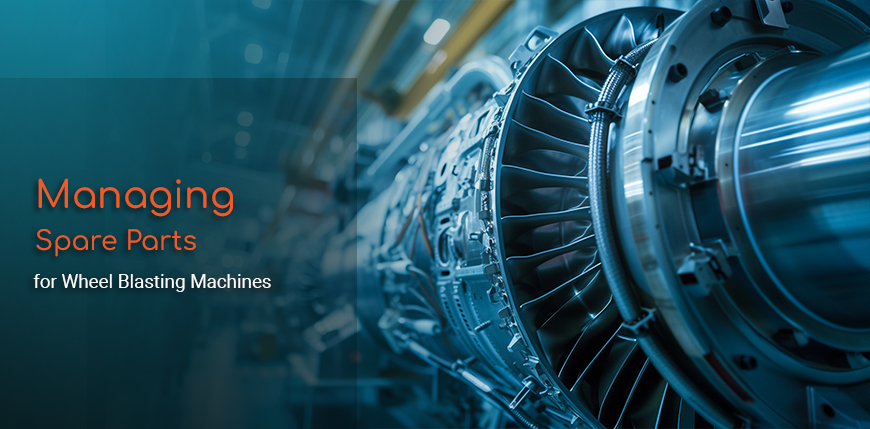
In surface preparation, achieving the perfect finish isn't just about the aesthetic appeal; it's about ensuring the long-term durability and efficacy of coatings. This is where the precise measurement of surface roughness becomes indispensable. Let's delve deeper into why accurate roughness measurement is paramount and how integrating advanced tools into this process can significantly enhance the quality of surface treatments.
The Significance of Surface Roughness Measurement
Understanding the "why" behind surface roughness measurement illuminates its crucial role in surface preparation. Surface roughness affects several key aspects of material performance:
- Adhesion: The right level of roughness increases the mechanical bonding between the surface and the coating. Too smooth, and the coating may not adhere properly; too rough, and it may lead to excessive coating consumption or weak spots.
- Longevity: Proper adhesion, facilitated by optimal roughness, directly impacts the longevity of the coating, protecting the material from environmental and mechanical wear.
- Performance: In many applications, the surface finish can affect fluid dynamics, reduce friction, or improve product cleanliness, directly influencing the overall performance of the final product.
Unified Approach to Measuring Roughness
To accurately evaluate and achieve the desired surface roughness, employing a combination of advanced measurement tools offers a comprehensive solution:
Official ISO Tactile Comparator and Foam Compression Method:
Initial assessments often rely on tactile comparators and foam compression methods for a quick estimate of roughness. While useful for a preliminary check, these methods can be subjective and lack the precision required for stringent specifications.


Integrating Advanced Measurement Tools:
- The [Thermal Camera] is instrumental in detecting thermal inconsistencies, which can be indicative of uneven surface treatment, offering a non-contact method to assess preparation uniformity.
- For those requiring tangible comparison, the [Roughness Comparator] allows operators to visually and physically compare surface finishes against known standards.
- The [MarSurf PS10] Surface Roughness Tester revolutionizes roughness measurement with its ability to provide detailed analysis, offering hundreds of parameters for a comprehensive understanding of the surface profile.
- When a detailed 3D visualization of the roughness is needed, [Testex Replica Tape] serves as an invaluable tool. It captures the surface texture, which can then be analyzed to provide a precise topographical representation of the surface.




Leveraging Expert Consulting for Enhanced Precision
The integration of these advanced tools, complemented by expert consulting services, forms a robust framework for optimizing surface roughness measurement. Our Consulting Services not only help in selecting the right tools but also in interpreting the data to make informed decisions on surface treatment processes. This synergy ensures that surfaces are prepared to exacting standards, vital for industries where precision is non-negotiable.
Conclusion
The meticulous measurement of surface roughness is a cornerstone of quality surface preparation, directly influencing the success of subsequent treatments. By harnessing advanced tools and technologies, alongside the expertise of seasoned professionals, industries can achieve surfaces that meet precise roughness criteria, ensuring optimal adhesion, longevity, and performance of coatings.






